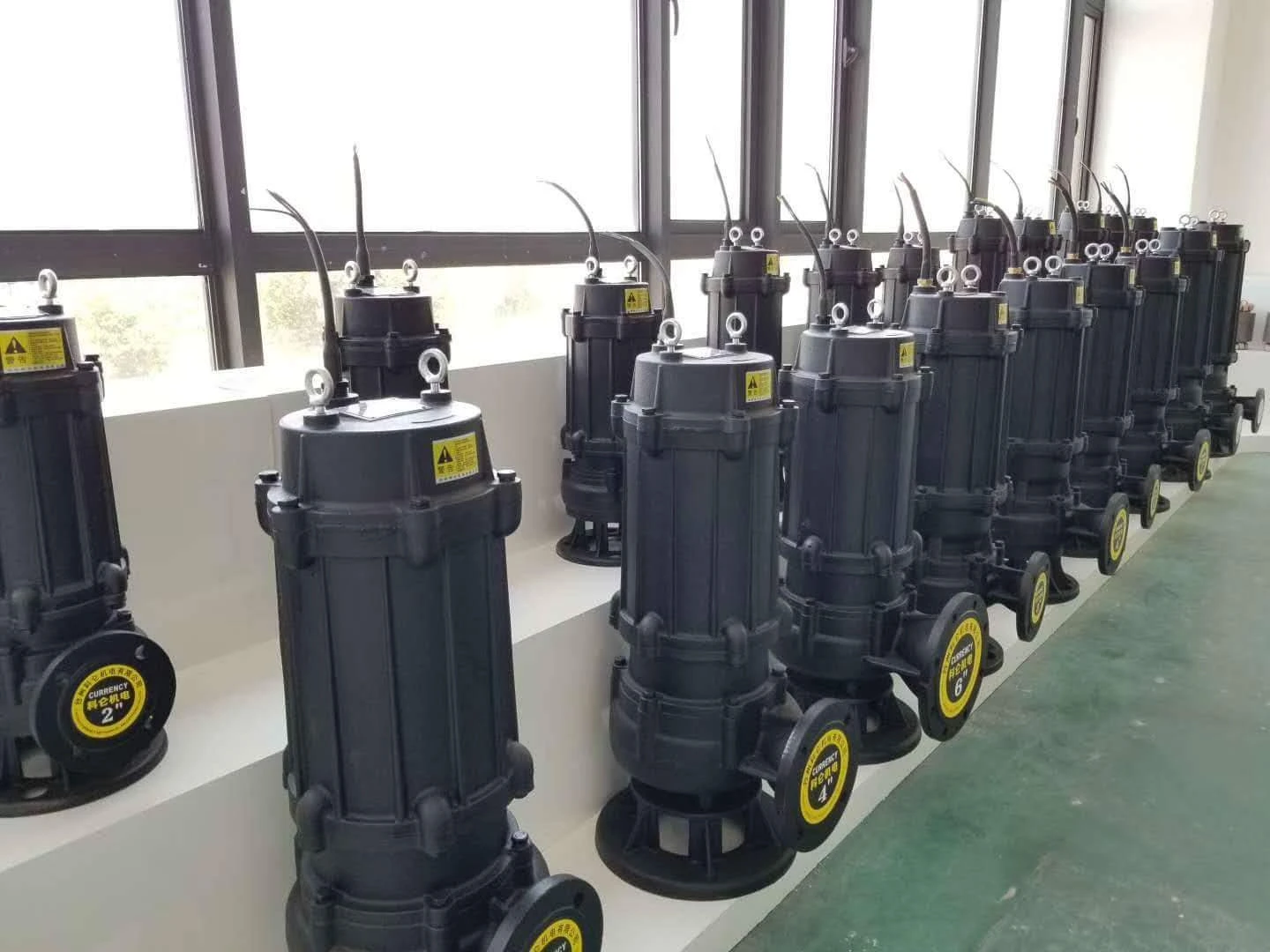English
- Afrikaans
- Albanian
- Amharic
- Arabic
- Armenian
- Azerbaijani
- Basque
- Belarusian
- Bengali
- Bosnian
- Bulgarian
- Catalan
- Cebuano
- Corsican
- Croatian
- Czech
- Danish
- Dutch
- English
- Esperanto
- Estonian
- Finnish
- French
- Frisian
- Galician
- Georgian
- German
- Greek
- Gujarati
- Haitian Creole
- hausa
- hawaiian
- Hebrew
- Hindi
- Miao
- Hungarian
- Icelandic
- igbo
- Indonesian
- irish
- Italian
- Japanese
- Javanese
- Kannada
- kazakh
- Khmer
- Rwandese
- Korean
- Kurdish
- Kyrgyz
- Lao
- Latin
- Latvian
- Lithuanian
- Luxembourgish
- Macedonian
- Malgashi
- Malay
- Malayalam
- Maltese
- Maori
- Marathi
- Mongolian
- Myanmar
- Nepali
- Norwegian
- Norwegian
- Occitan
- Pashto
- Persian
- Polish
- Portuguese
- Punjabi
- Romanian
- Russian
- Samoan
- Scottish Gaelic
- Serbian
- Sesotho
- Shona
- Sindhi
- Sinhala
- Slovak
- Slovenian
- Somali
- Spanish
- Sundanese
- Swahili
- Swedish
- Tagalog
- Tajik
- Tamil
- Tatar
- Telugu
- Thai
- Turkish
- Turkmen
- Ukrainian
- Urdu
- Uighur
- Uzbek
- Vietnamese
- Welsh
- Bantu
- Yiddish
- Yoruba
- Zulu
Telephone: +86 13120555503
Email: frank@cypump.com
Nov . 07, 2024 05:26 Back to list
slurry pump repair
Understanding Slurry Pump Repair Key Considerations for Ensuring Longevity and Efficiency
Slurry pumps play a crucial role in various industrial processes, particularly in sectors such as mining, wastewater treatment, and construction. These pumps are designed to handle mixtures of liquids and solids, making them indispensable in moving abrasive and viscous materials. However, even the most robust slurry pumps may require repair and maintenance to ensure optimal performance. Understanding the intricacies of slurry pump repair is essential for operators and maintenance teams.
One of the primary challenges faced by slurry pumps is wear and tear due to the abrasive nature of the materials they handle. Over time, the internal components of the pump, such as the impeller and casing, can suffer from erosion or corrosion. Regular inspections are vital to identify signs of wear early. Operators should develop a routine maintenance schedule that includes checking vital components for damage, ensuring that any necessary repairs are performed before the pump fails completely.
When initiating a slurry pump repair, it is essential to understand the specific type of pump and its components. Different manufacturers might have varying designs, and using the correct parts for replacement is crucial. Always refer to the manufacturer’s manual for guidelines on repair procedures and components. Utilizing genuine parts will not only ensure compatibility but also maintain the integrity and efficiency of the pump.
Another critical aspect of slurry pump repair is the analysis of the operation conditions. Understanding the characteristics of the slurry being pumped is key. Factors such as particle size, density, and chemical composition can significantly affect the performance and lifespan of the pump. If a pump is consistently operating outside its recommended parameters, it can lead to premature failure. Thus, operators should continuously monitor slurry conditions and adjust settings to optimize pump performance.
slurry pump repair

In cases where repairs are extensive or require specialized knowledge, seeking professional assistance can be instrumental. Engaging with experienced technicians can help diagnose complex issues that may not be apparent during routine checks. Furthermore, professionals can provide valuable insights into upgrading or retrofitting pumps to enhance their performance and efficiency, potentially extending their lifespan.
Preventive maintenance is often the best strategy to minimize the need for repairs. Operators should be trained to recognize early signs of malfunction, such as unusual vibrations, noises, or changes in flow rates. Implementing a predictive maintenance program that employs tools like vibration analysis or thermal imaging can provide additional benefits by allowing for data-driven decisions regarding pump care.
Lastly, proper training for the staff operating slurry pumps is paramount. Workers should be equipped with knowledge about the pumps’ operation, what to monitor, and how to respond to different situations. A well-informed team will not only operate the pumps more efficiently but will also contribute to identifying potential issues before they escalate into costly repairs.
In conclusion, slurry pump repair is not merely about fixing a malfunctioning unit. It encompasses a holistic approach to maintenance, operator training, and understanding the operational context. By prioritizing these aspects, industries can ensure their slurry pumps operate efficiently and reliably for years to come.
-
ISG Series Vertical Pipeline Pump - Chi Yuan Pumps Co., LTD.|Advanced Hydraulic Design&Energy-Efficient Solutions
NewsJul.30,2025
-
ISG Series Vertical Pipeline Pump - Chi Yuan Pumps Co., LTD.
NewsJul.30,2025
-
ISG Series Vertical Pipeline Pump - Chi Yuan Pumps Co., LTD.|energy-efficient fluid handling&industrial durability
NewsJul.30,2025
-
ISG Series Vertical Pipeline Pump - Chi Yuan Pumps | Advanced Engineering&Industrial Efficiency
NewsJul.30,2025
-
ISG Series Pipeline Pump - Chi Yuan Pumps | High Efficiency, Energy Saving
NewsJul.30,2025
-
ISG Series Vertical Pipeline Pump-Chi Yuan Pumps|High Efficiency&Reliable Performance
NewsJul.29,2025










